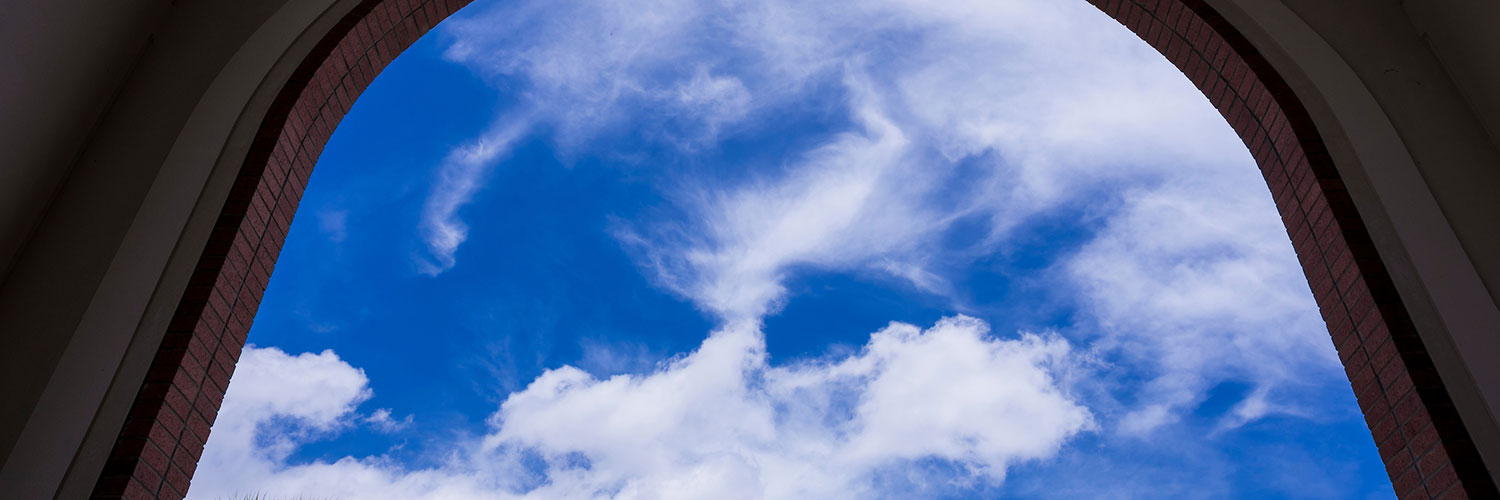
Cherne, Michelle

Michelle Cherne
Assistant Professor | College of Engineering and Science: Biomedical Engineering and Science
Contact Information
Expertise
Educational Background
Ph.D., Biomedical Sciences, University of Central Florida, 2020
B.S., Biotechnology, University of Central Florida, 2016
Professional Experience
Assistant Professor, Florida Institute of Technology, 2025
Research Scientist, Montana State University, 2024-2025
Post Doctoral Researcher, Montana State University, 2020-2024
Current Courses
BIO 4010 - Biochemistry 1
Selected Publications
Cherne, MD, Sidar B, Sebrell, TA, Sanchez HS, Heaton, K, Kassama FJ, Roe MM, Gentry AD, Chang CB, Walk ST, Jutila M, Wilking JN, Bimczok D, A Synthetic Hydrogel, VitroGel® ORGANOID-3, Improves Immune Cell-Epithelial Interactions in a Tissue Chip Co-Culture Model of Human Gastric Organoids and Dendritic Cells. Front Pharmacol,12: p. 707891. 2021.
Mahdieh Z, Cherne MD, Fredrikson JP, Sidar B, Sanchez HS, Chang CB, Bimczok D, Wilking JN, Granular Matrigel: Restructuring a Trusted Extracellular Matrix Material for Improved Permeability. Mater., 2022.
Cherne MD, Gentry AB, Nemudraia A, Artem Nemudryy A, Hedges JF, Walk H, Blackwell K, Snyder DT, Jerome M, Madden W, Hashimi M, Sebrell TA, King DB, Plowright RK, Jutila MA, Wiedenheft B, Bimczok D, SARS-CoV-2 detected in the gastrointestinal tract of asymptomatic endoscopy patients poses minimal transmission risk. Gastro. Hep. Advances, 2022
Research
Dr. Cherne's research focuses on how the extracellular matrix shapes mucosal host response, particularly to the oncogenic pathogen, Helicobacter pylori. Dr. Cherne investigates the interactions of the extracellular matrix with epithelial, stromal, and immune cells of the gastrointestinal tract. To support this work, her lab develops human-derived extracellular matrix hydrogels and microphysiological systems to model the human gastrointestinal mucosa.

 Give to Florida Tech
Give to Florida Tech